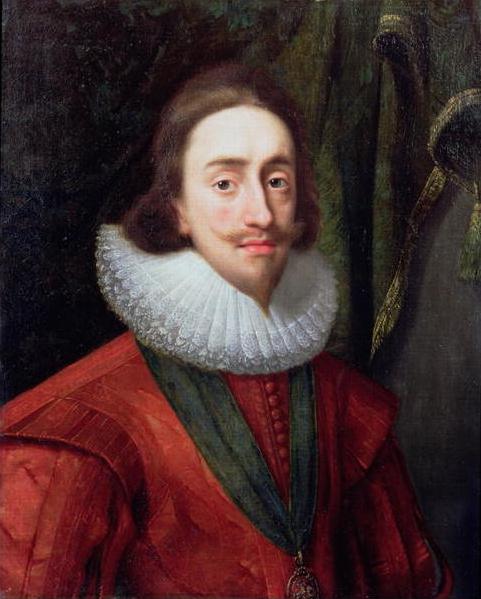The Death Sentence of Charles I
On 27 January 1649, the High Court of Justice reached its verdict for the trial of Charles I. Charles was found guilty of treason and sentenced to death “by the severing of his head from his body”. Their full judgement on the Death Sentence of Charles I went as follows:
“Whereas the Commons of England assembled by Parliament, have by their late Act authorised and constituted us an High Court of Justice for the trying and judging of the said Charles Stuart for the crimes and treasons in the said Act mentioned…..in pursuance of the said Act, a charge of high treason and other high crimes was, in behalf of the people of England, exhibited against him, and read openly unto him, wherein he was charged, that he, the said Charles Stuart, being admitted King of England, and therein trusted within a limited power to govern by, and according to the law of the land and otherwise; and by his trust, oath and office, being obliged to use the power committed to him for the good and benefit of the people, and for the preservation of their rights and liberties; yet, nevertheless, out of a wicked design to erect and uphold in himself an unlimited and tyrannical power to rule according to his will, and to overthrow the rights and liberties of the people, and to take away and make void the foundations thereof, and of all redress and remedy of misgovernment, which by the fundamental constitutions of this Kingdom were reserved on the people’s behalf in the right and power of frequent and successive Parliaments; he, the said Charles Stuart…hath traitorously and maliciously levied war against the present Parliament, and people therein represented…..This Court is fully satisfied in their judgements and consciences, that he has been guilty of the wicked design and endeavours in the said charge set forth…………..and that he hath been and is the occasioner, author, and continuer of the said unnatural, cruel, and bloody wars, and therein guilty of high treason, and of the murders, rapines, burnings, spoils, desolations, damage, and mischief to this nation acted and committed in the said war, and occasioned thereby. For all which treasons and crimes this Court doth adjudge that he, the said Charles Stuart, as a tyrant, traitor, murderer, and public enemy to the good people of this nation, shall be put to death by the severing of his head from his body.”

The jury may have come to a guilty verdict, but some members of the public - watching proceedings in the public gallery - thought otherwise. When John Bradshaw, president of the High Court of Justice, reminded the court that Charles had been found guilty of treason in the name of the people of England, a woman shouted out:
“Not half, not a quarter of the people of England. Oliver Cromwell is a traitor.”
Colonel Axtell was in charge of the security in Westminster Hall. He ordered that muskets be levelled at the spectators’ gallery. He also ordered troops into the gallery to arrest the offending woman, but she had already disappeared.
Bradshaw was then disturbed by a member of the High Court itself. At the last minute, Charles had asked to address the Court. Bradshaw refused this request, provoking the ire of John Downes. Downes protested so much that Bradshaw was forced to adjourn the Court for half an hour. During the recess, Oliver Cromwell apparently castigated Downes so ferociously that Downes retreated to the Speaker’s Room “to ease his heart with tears”. The incident did not, however, dissuade Downes from later signing Charles’ death warrant.
Charles attempted again to address the Court after the sentence had been read out. Bradshaw ordered the guards to remove the King. The law was on Bradshaw’s side: a man condemned to death was legally dead and therefore could not speak after the passing of the death sentence. Charles had also refused to recognise the Court throughout the proceedings: Bradshaw argued that the King could not address something he refused to recognise.
See also: Charles I
MLA Citation/Reference
"The Death Sentence of Charles I". HistoryLearning.com. 2026. Web.
